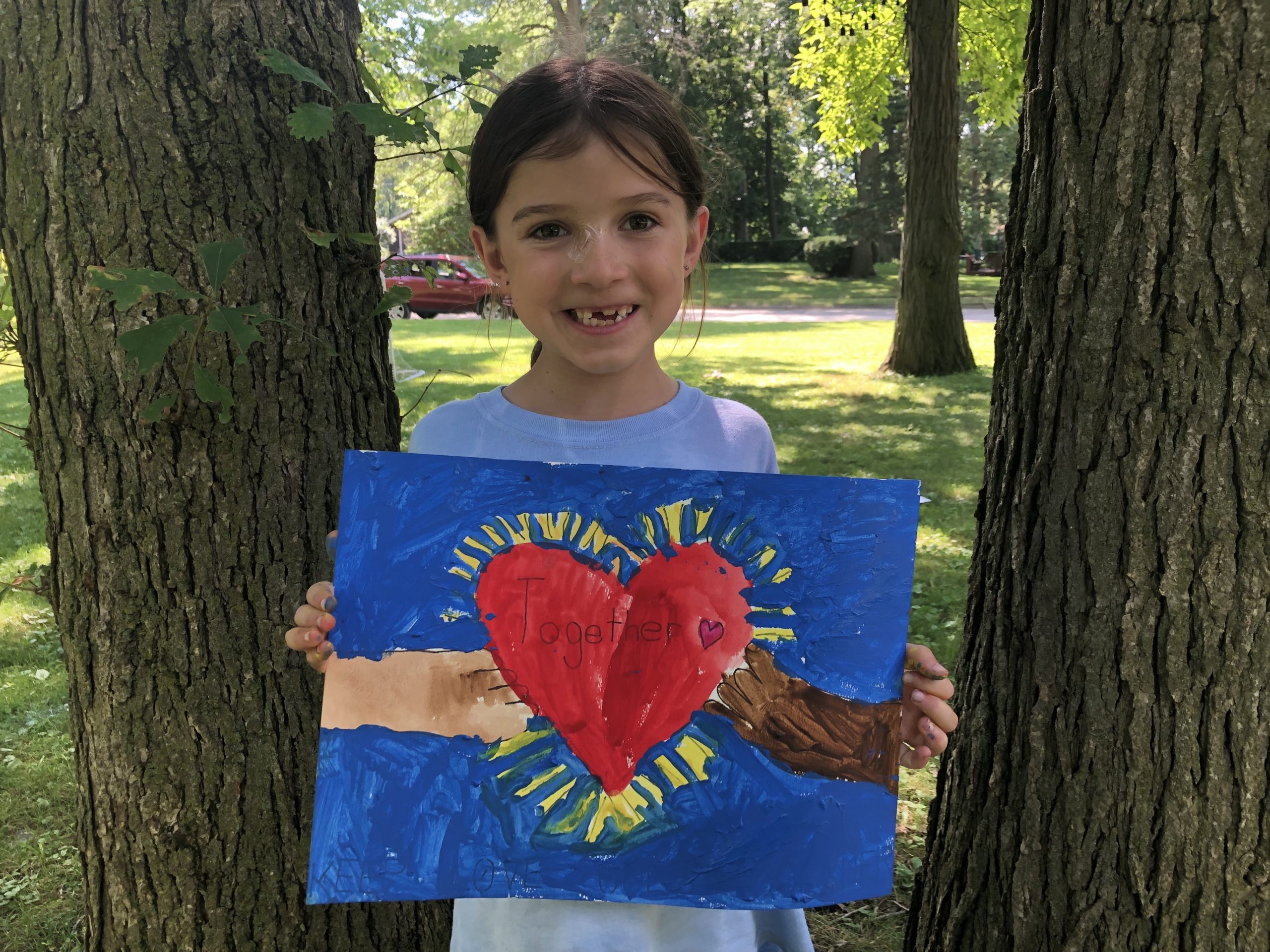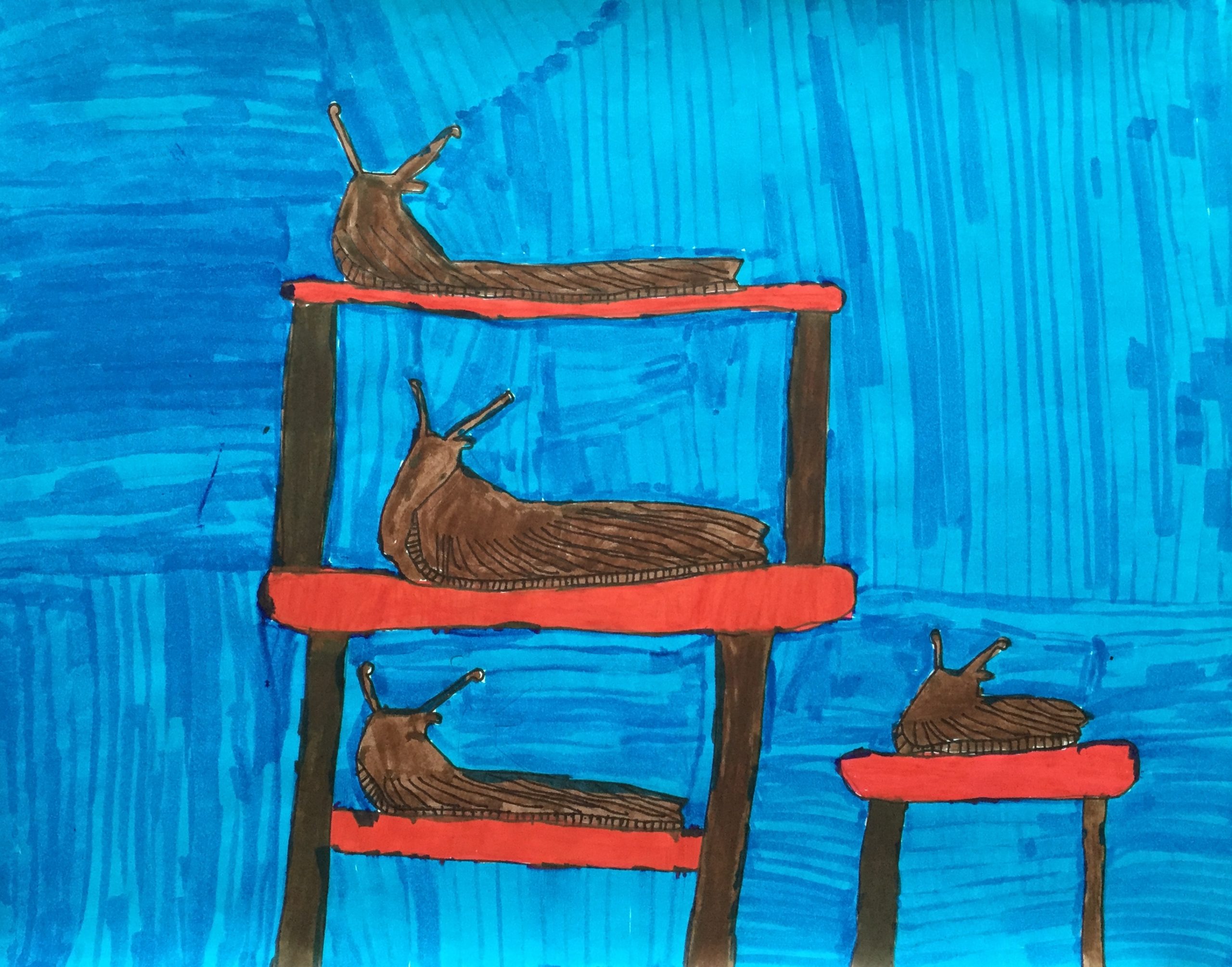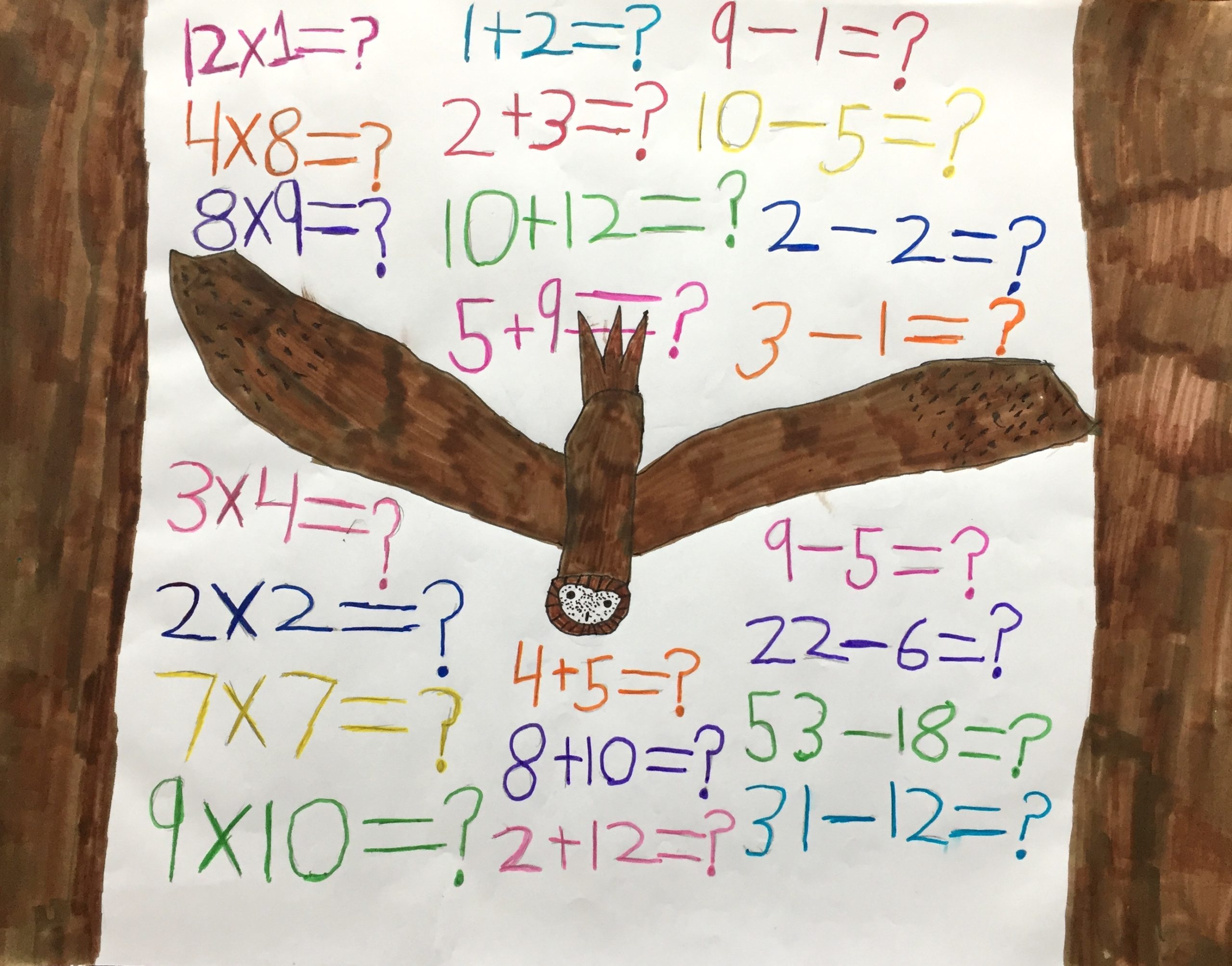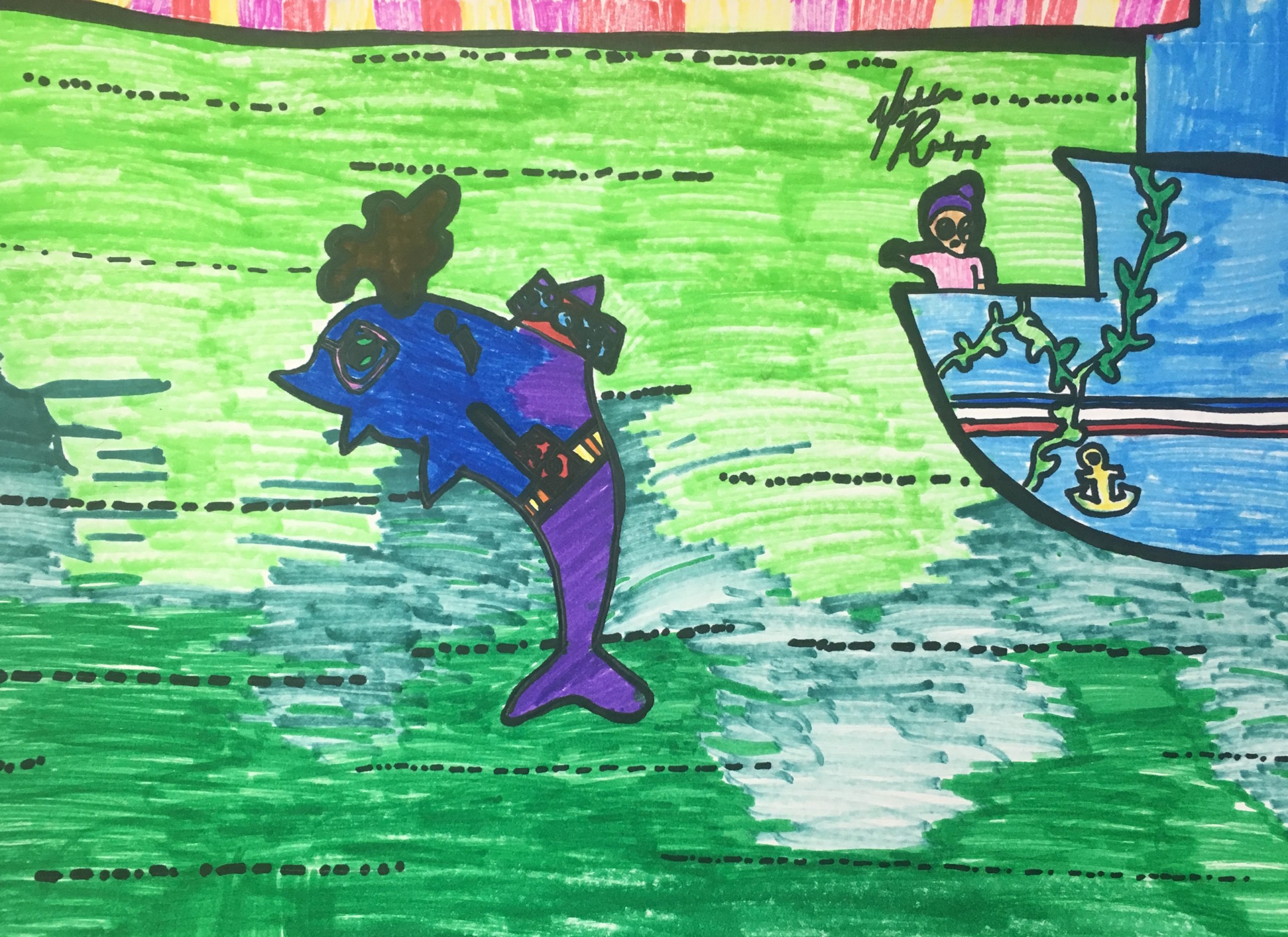Our mission is to expand children’s access to high-quality visual arts education.
Our vision is that every child receives a holistic arts education, irrespective of school, budget, zip code, or student demographics.

Ann Arbor, MI, Doodles Workshop
What We Do
We offer free and low-cost curriculum options that:
- embrace authentic student expression
- showcase diverse artists and experiences
- are comprehensive, and easy to implement
- are aligned to college-and career ready standards
- are connected to themes and topics commonly taught in literacy, science, social studies, and math curricula.
Why We Do It
There are an increasing number of studies showing the potential for arts in schools to be a force for positive change.
For example, the government program Turnaround Arts worked to get art in the lowest performing 5% of schools. After three years, they found an average 22.55% increase in math and a 12.62% improvement in reading proficiency. Additionally, there was a marked reduction in behavioral problems and attendance issues. A school in New Orleans reported a 51.32% reduction in overall suspensions, and a 81.13% reduction in in-school suspensions
Yet, paradoxically, the nation’s public schools are on a downward trend in terms of providing students meaningful access to the arts. Some statistics suggest that fewer than half of adults report having participated in arts lessons or classes in school—a decline from about 65% in the 1980s.

Rochester Discovery School, Rochester New York
Artwork samples from students who completed our project, Anthropomorphic Animals, depicting animals by drawing them realistically, then using the background & details to share how they are represented in pop-culture.
How We Add Value
Too much art education revolves around projects that focus on product and not on process, erasing student individuality. Our curriculum is designed to allow students to tell their own stories and to create highly individual art projects. This creates a more engaging, but also more complex and challenging, environment where students learn to solve their own creative problems rather than copying an example.
At the same time, our curricula structures content so that the skills students learn can be transferred and support other subject areas by emphasizing opportunities for critical thinking, group discussion, and student presentations. Because we align content to common themes and subjects, we support deeper understanding and engagement around subjects taught in the classroom






